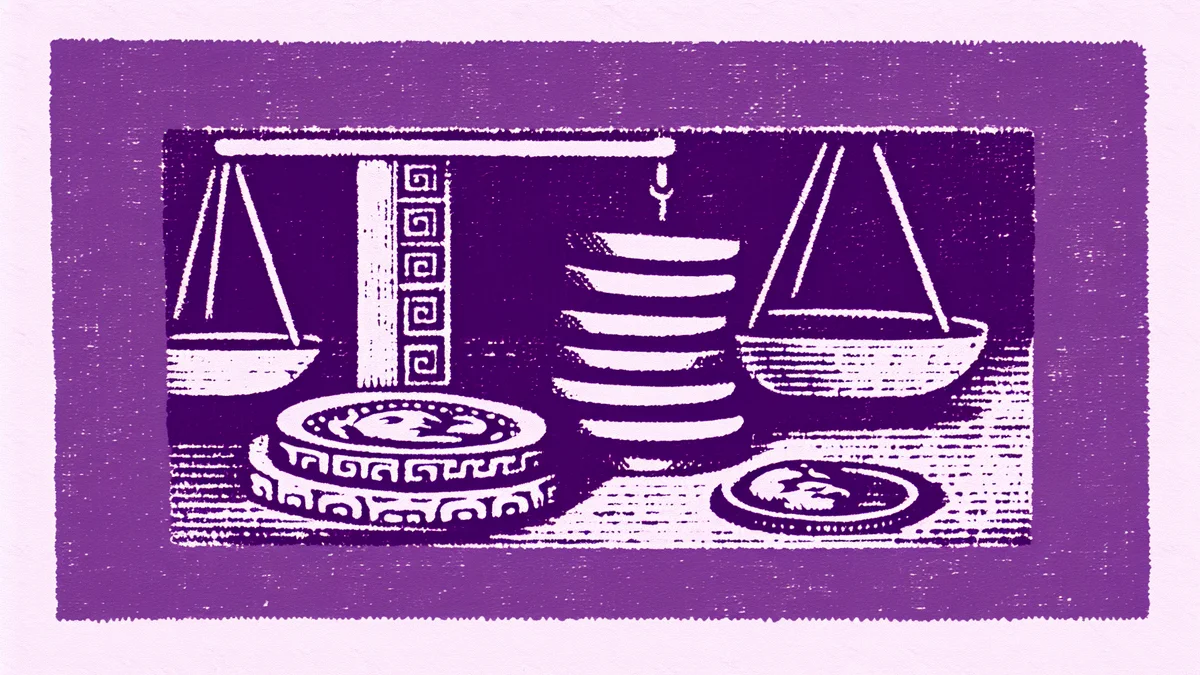Zombie Companies in Australia: 2025 Risks & Economic Impact
Keep up with the latest trends in business finance and economic policy—subscribe to Cockatoo for practical insights that help you navigate Australia’s changing financial landscape.

Want money tips in your inbox?
When you think of ‘zombies,’ images of lurching, brain-hungry creatures may come to mind. But in the world of finance, ‘zombie companies’ are businesses that, while still operating, are essentially dead inside—unable to cover their debt interest with earnings. In 2025, these financial zombies are a growing concern for Australia’s economic landscape, lurking in the shadows of rising interest rates and post-pandemic turbulence.
What Are Zombie Companies and Why Do They Matter?
Zombie companies aren’t a new phenomenon, but their numbers have swelled globally over the past decade. In Australia, a zombie company is typically defined as a business at least ten years old whose earnings before interest and tax (EBIT) are persistently less than their interest expenses for three consecutive years. They survive by rolling over debts and relying on lenient lenders, rather than genuine profitability.

-
Low productivity: Zombies tie up resources—capital, labour, and credit—that could be better used by healthier, growing businesses.
-
Market distortion: They can distort competition by undercutting prices, despite being unviable.
-
Financial system risk: A sudden rise in defaults can destabilise banks and lenders, with flow-on effects for the wider economy.
While the Reserve Bank of Australia (RBA) kept rates at record lows through the pandemic, the tide is turning. Since late 2023, the RBA has signalled a firm stance against inflation, pushing the cash rate above 4.35% by early 2025. This shift is exposing the fragility of companies that relied on cheap debt to survive.
The State of Zombies in Australia: 2025 Update
Recent data from the Australian Bureau of Statistics and research by major consultancies show that up to 12% of all listed Australian companies could be classified as zombies in 2025—a marked increase from pre-pandemic levels. Sectors most affected include retail, hospitality, construction, and parts of commercial real estate.
-
Retail & Hospitality: Many businesses, especially SMEs, are still battling lower consumer demand and higher wage bills under new 2025 Fair Work reforms.
-
Construction: Rising material costs, labour shortages, and stricter lending criteria have squeezed margins, pushing more firms into zombie territory.
-
Property & Real Estate: Higher interest rates have hit commercial landlords hard, leading to a spike in loan rollovers and covenant breaches.
According to the RBA’s May 2025 Financial Stability Review, corporate insolvencies are running at a 10-year high, and the number of businesses entering administration jumped 18% year-on-year. This is both a symptom and a sign of the zombie purge underway as cheap money disappears.
What’s Being Done—And What’s at Stake?
Australia’s policymakers are not ignoring the zombie threat. The Australian Securities and Investments Commission (ASIC) has stepped up surveillance of distressed lending and company disclosures. Meanwhile, the federal government’s 2025 budget included targeted support for business restructuring and fast-track insolvency pathways to help viable firms recover, while letting the unsustainable fail swiftly.
For investors, employees, and suppliers, the rise (and fall) of zombie companies brings both risks and opportunities:
-
Investors: Zombie-heavy sectors may see heightened volatility and more frequent credit downgrades. There’s opportunity in identifying resilient, well-capitalised firms poised to pick up market share as weaker rivals exit.
-
Employees: Job security in vulnerable industries is under pressure. Upskilling and mobility are more important than ever in 2025’s evolving job market.
-
Lenders: Banks are tightening credit assessments, and non-bank lenders are eyeing distressed asset opportunities as zombies are forced to restructure or liquidate.
Ultimately, while the shakeout of zombie companies may be painful in the short term, it’s a necessary step for Australia’s economy to reallocate resources to more innovative, productive businesses. As the RBA and Treasury have both noted in their 2025 outlooks, a leaner, fitter corporate sector will be better positioned to drive growth as the global economy rebounds.
How Can Businesses and Individuals Respond?
-
For business owners: Now is the time to stress-test finances, manage debt proactively, and seek early advice on restructuring if cashflows are tight.
-
For investors: Scrutinise balance sheets, focus on companies with strong interest coverage ratios, and be wary of “cheap” stocks in structurally challenged sectors.
-
For policymakers: Ongoing reforms to insolvency law and targeted transition support will be crucial to minimise economic scarring as zombies exit the stage.
Enjoyed this article?
Get more money-saving tips delivered straight to your inbox every week.
No spam. Unsubscribe anytime.
Financial Tips That Actually Make Sense
No jargon. No spam. Just one useful tip per week to help you keep more of your money.
Join 50,000+ subscribers